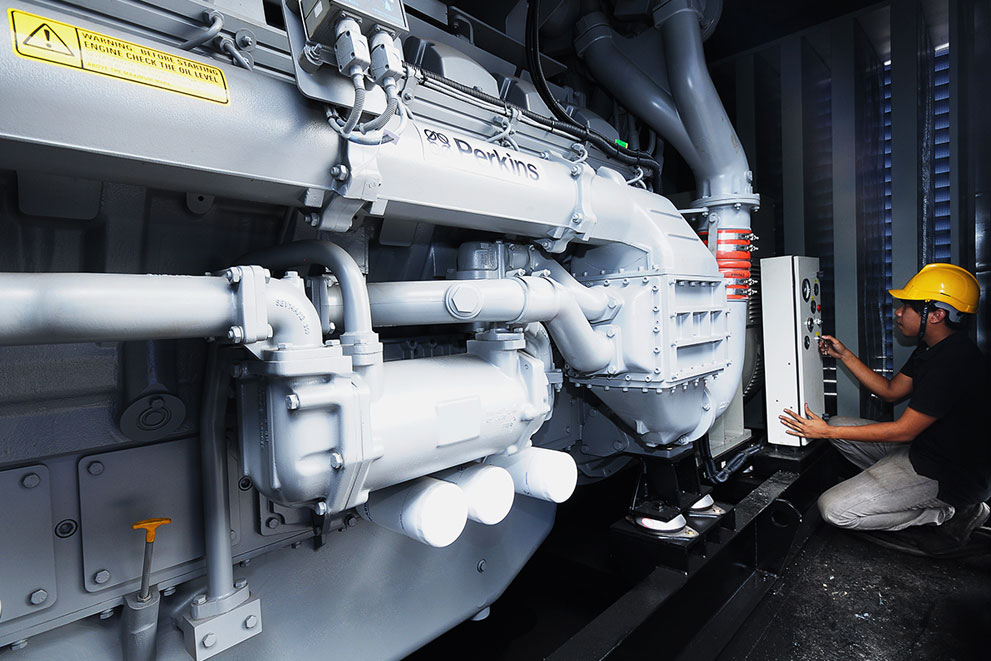
It is important to provide your worksite or facility with a backup power generator especially when the safety of your operations depends on having a reliable source of electricity and power. In places like healthcare facilities, theme parks, mines, and other areas, it is very crucial to ensure there is always an available power supply as well as a backup one like a generator set. To ensure that your worksite has a generator that functions properly when you need it to, the installation part is paramount. Plenty of diesel generator manufacturers take the installation process very seriously, because a poor generator installation will cause great troubles in the future, especially when there is an emergency. Below we will discuss all the essential steps needed to ensure that the generator site preparation and installation for various types of generators is properly done.
WHAT FACTORS TO TAKE INTO CONSIDERATION?
Some factors to take into considerations are the type of generator you are installing and the environment that the generator will be in. The most common types of generators are enclosed permanent diesel generators, enclosed portable diesel generators, and permanent diesel generators inside a building. Regardless if the generator is going to be indoors or outdoors, necessary precautions need to be taken like weather conditions and etc. More importantly, the quality aspect is vital so investing in a high-quality generator like a Kohler diesel generator really helps in the long run. Below are several important factors to take into account, including:
SIZE AND SPACING
The physical size and weight of the generator are important to take into account when deciding where to install your generator. Whether it is a lightweight or industrial generator, the logistics required to transport, maintain, and fuel the generator should also be considered. Additionally, there are national or local planning guidelines or regulations that need to be followed when installing your generator. These planning guidelines include rules like making sure there is significant clearance between where the generator is installed and the building or if the generator is optimised for fuel tank accessibility and security.
ENCLOSURES
Enclosures are necessary fixtures to protect your generator set regardless if the generator is to be installed inside a building or outside. Both installations should include an enclosure for a few reasons. It protects the generator from any potential weather damage, it helps to reduce the noise the generator makes, and it functions as a security or protection measure too. For an outdoor generator, the enclosure can be either permanent or portable.
BASE PAD
The generator should be anchored down to a base pad or concrete pad because the vibration created by a large generator will quickly affect the gravel and destabilise the soil under the generator. This is why concrete pads are the industrial standard for most genset installations. If you are installing a heavy duty Perkins generator in Malaysia, the generator must be installed first before concrete is poured to ensure the placement and measurements are precise.
